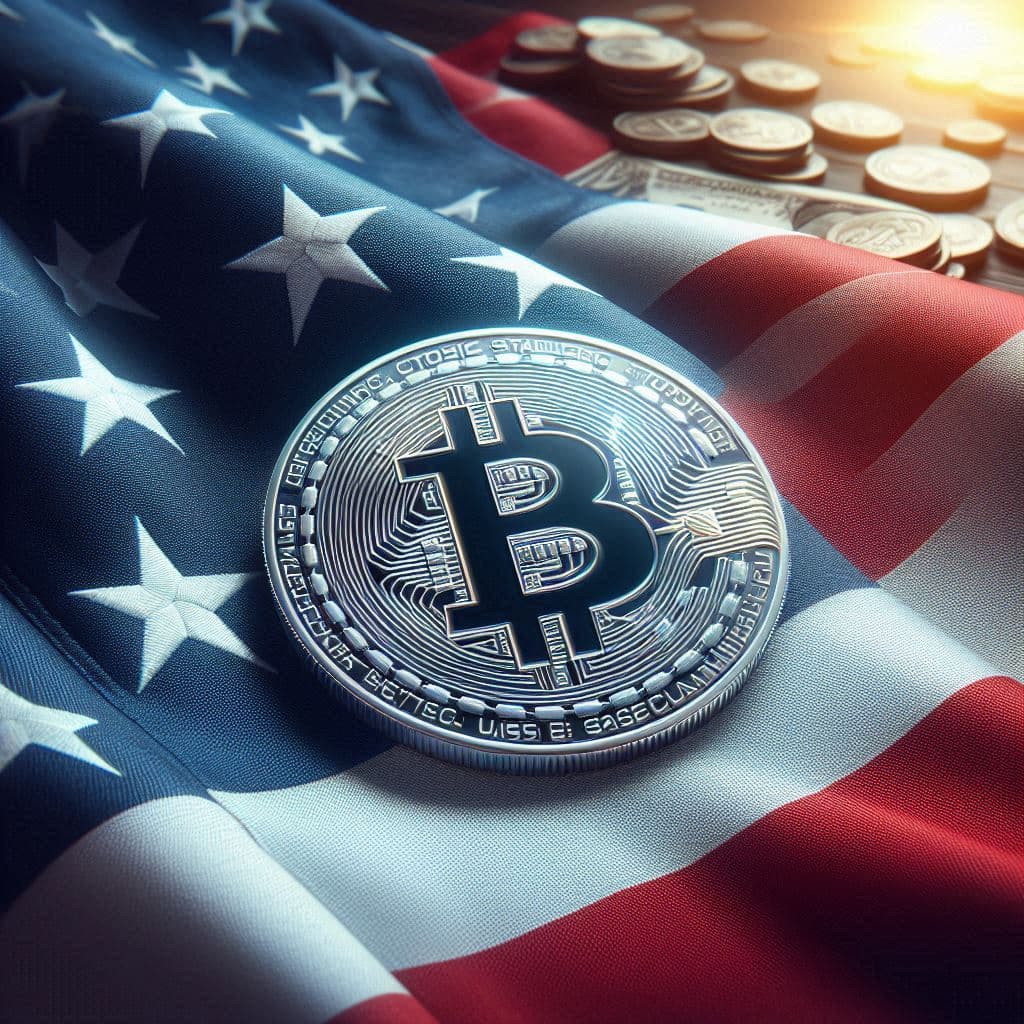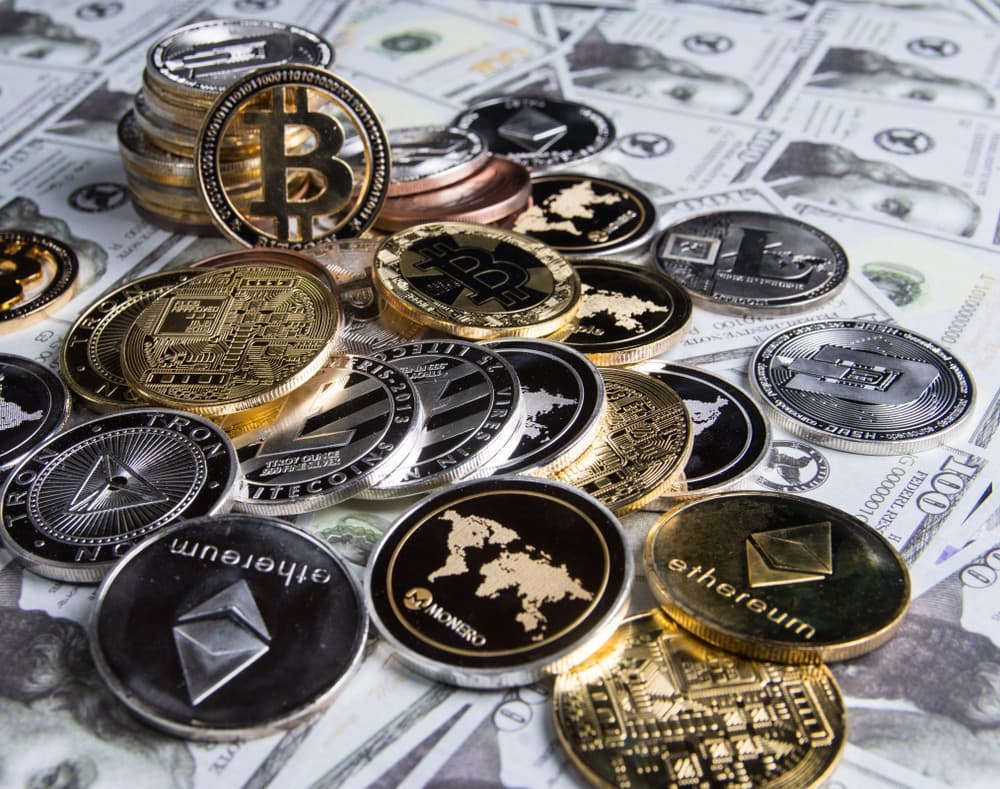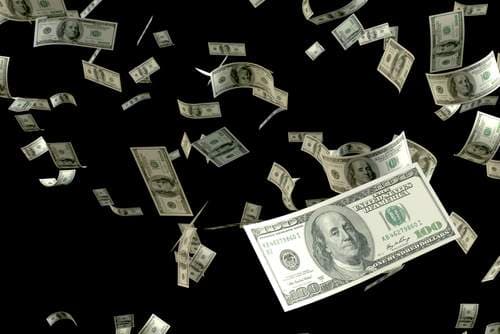
Markets ended last week with an alarming thud.
The S&P 500 slid -2.7% Friday — its steepest fall since April — as investors bolted for the old crisis standbys: gold and U.S. Treasurys.

Something to keep an eye on. Stocks ended the last week with renewed worries over trade with China. (Source: Bloomberg)
The U.S. dollar, ironically, had its best week of the year. That’s a rare trifecta — gold, bonds, and the greenback all rising together.
Usually, that happens only when fear and confusion are dueling for the upper hand.
The spark? President Trump’s threat to slap a “massive increase” in tariffs on China, declaring there was “no reason” to meet with President Xi.
Within hours, China countered — announcing sweeping new export restrictions on rare earths and other critical materials, a move that could choke off supply chains from semiconductors to missiles.
By evening, S&P 500 futures had fallen another three points, then stabilized after news broke that Israeli hostages had been freed, prompting a brief sigh of relief in global markets.
In Jerusalem, Trump used the moment to pivot back to China, telling the Knesset, “The same courage it takes to free hostages is what it takes to free our economy from dependency.”
It was a weekend that started in panic and ended in poetry — at least the kind that rhymes with tariffs.
 Trade War Redux, AI Edition
Trade War Redux, AI Edition
Trump’s new plan — a 100% tariff on Chinese imports starting November 1 — would lift total import taxes to nearly 130%, just shy of this year’s 145% peak before the brief trade truce.
He hinted that the tariffs could be reversed if China rescinds its rare earth restrictions, but traders weren’t holding their breath.
“Markets are pricing in a slow-motion global decoupling,” one FX strategist told Bloomberg, “and this time, it’s wrapped in AI and energy.”
That last point matters. The U.S. is now imposing its own export controls — this time on AI software and chips — even as the same technology fuels the stock market’s bubble-like ascent.
And even amid this resurgent trade war news, the U.S. continues to invest in domestic resource production. Over at the Grey Swan Trading Fraternity, Andrew Packer just issued a new trade in a silver company – which was specifically selected for its high levels of production in the U.S.
Sure, Trump has largely scaled back tariffs on commodities, but who knows when he’ll change his mind and fire up his Truth Social account next?
 What Would an AI Crash Look Like?
What Would an AI Crash Look Like?
Bubbles, Princeton’s Markus Brunnermeier reminds us, “are not hard to explain — only to time.” In his Crash Course on Crises, co-written with Ricardo Reis of the London School of Economics, he sketches three models for financial calamity.
The first is the classic: naïve investors chase momentum while the sophisticated ones stay in too long, afraid to sell before the peak.
Sound familiar? The Wall Street Journal this weekend noted that fund managers “almost uniformly believe U.S. stocks are overvalued, yet everyone’s still piling in.”
The second model involves misallocation — when easy money and policy bias channel funding into the wrong firms. (See: every company now renaming itself “AI-powered.”)
The third involves shadow banking — hidden leverage that amplifies downturns when liquidity dries up.
As Reis puts it: “A bubble bursts when enthusiasm meets leverage.”

During an appearance yesterday on Maria Bartiromo, our friend Lou Basenese warned of “a bubble in ‘bubble speak’.” Also evidenced by Bloomberg’s weekend forecast almost exclusively dedicated to the topic. (Chart source: Bloomberg.)
By that standard, the AI boom’s risk profile is flashing yellow. The spending is enormous, even if incestuous among the top AI players, the expectations are biblical, and the debt behind the scenes — from cloud infrastructure to chip fabs — is mounting.
The biggest danger of the AI bubble bursting is in the knock-on effect when it takes 401(k), IRAs and ETFs down with it.
As news stories like Nvidia’s circular financing of its Mag 7 customers begin to permeate the mainstream financial press… earnings will be under even more scrutiny.
There are already a ton of twitchy trigger fingers on trading desks in Manhattan, Hong Kong and London. Retail investors loaded up on margin are in for a shock.
 Forecasts for the Age of Intelligence
Forecasts for the Age of Intelligence
“The AI boom will require lots of nuclear power,” writes Bloomberg’s Will Wade. “Soaring demand for electricity will drive a $350 billion nuclear buildout in the U.S. alone.”
Meanwhile, this year’s Nobel Prize in Chemistry went to researchers pioneering metal-organic frameworks, materials that can trap carbon and harvest water from the air — the very stuff of next-generation energy storage and climate tech.
In Washington, the political winds are shifting. “Big AI will find itself fairly friendless,” Odd Lots’ Joe Weisenthal warned. “The left fears job loss, the right fears the black box.”
The broader backdrop? Andreas Kluth observes: “Memories of the last world war have faded. Leaders from Beijing to Washington are displaying the same hubris Europe did in 1914.” NATO’s plan for a “drone wall” across Eastern Europe suddenly feels less like science fiction and more like trench work in the digital age.
(In this month’s Grey Swan Monthly Bulletin, we’ll have a further update on AI and drone warfare following the event we attended on Wednesday with Anduril founder Palmer Luckey.)
 Argentina’s Reversal of Fortune
Argentina’s Reversal of Fortune
South of the equator, a different drama is playing out. Argentina, long a byword for economic chaos, has clawed back from the brink. After decades of debt crises and inflation rates exceeding 80%, reforms and a $20 billion U.S. Treasury swap line have stabilized the peso and reignited investor interest.
Treasury Secretary Scott Bessent has come under scrutiny for suggesting the US should be helping Javier Milei out of a pinch when the US has its own $37 trillion tab to worry about.
The larger story, in our view, is that Argentina’s assets — vast farmland, shale gas, lithium, and freshwater reserves — make it a potential energy and commodities superpower. “Argentina could rival global giants in grains, gas, and batteries,” said one IMF official. “It just needs political stability to match its geology.”
For a nation once dismissed as “a crisis in search of a calendar,” it’s a rare glimpse of hope — and a reminder that fortunes, like currencies, can turn fast.
 Betting on the Future, Literally
Betting on the Future, Literally
Over in the prediction markets, the algorithms are learning to forecast better than people. The Forecasting Research Institute reports that large language models now outperform the median human forecaster, a reversal from last year.
AI systems like ManticAI are breaking into the top 10 on Metaculus leaderboards, and traders are taking notice.
At Polymarket, now worth $9 billion after a $2 billion NYSE investment, Q3 results show retail forecasters outperforming professional consensus on five out of seven key events.
And somewhere, Shayne Coplan, the 27-year-old Polymarket founder turned youngest self-made billionaire, is probably taking bets on whether AI will replace him, too.
 From Columbus to Coplan
From Columbus to Coplan
It’s oddly fitting that all this should unfold on Columbus Day. On October 12, 1492, an Italian navigator set sail for India, only to stumble upon a new world. Today’s explorers are digital — betting markets, AI forecasters, algorithmic traders — but the impulse is the same.
To cross the ocean of uncertainty, and hope you land somewhere new.
The tools change. Human instinct… and desire… don’t.
~Addison
P.S.: We are aligning Grey Swan Live! This Thursday, October 16, with the release of our revised Dollar 2.0: The Final Chapter forecast with Ian King.
You’re about to discover why October 21st could go down as one of the most important dates in American financial history.
That’s when a rare, federally mandated event could trigger the most powerful wealth shift in more than 80 years.
It could create a $20 trillion boom — and rewrite the rules of money for every American patriot.
For those who move fast…
Gains as high as 12X are in play, before 2030.
Ian King and I had a great time working on this research – and think you’ll benefit from what we have to say about the big changes ahead for the dollar.
Click here to sign up and learn more.
If you have any questions for us about the market, send them our way now to: Feedback@GreySwanFraternity.




